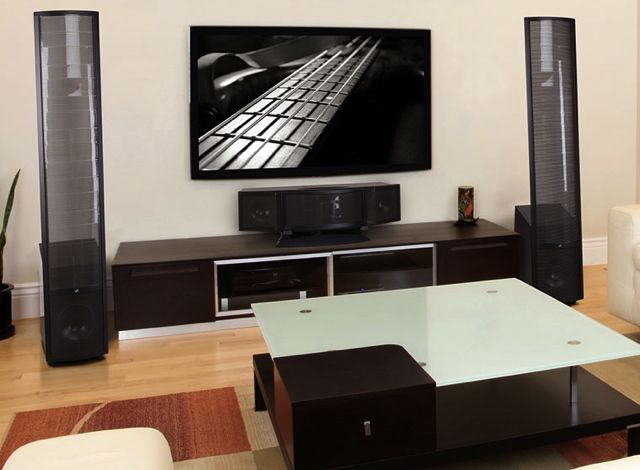 Improving your home theatre experience doesn’t always mean you need to invest big dollars on new technology. While keeping up with trends is definitely a way to ensure you are experiencing the latest and greatest, some of us are years away from a major upgrade. Let’s take a look at the top ten ways you can improve your home theatre, with new technology and without.
Improving your home theatre experience doesn’t always mean you need to invest big dollars on new technology. While keeping up with trends is definitely a way to ensure you are experiencing the latest and greatest, some of us are years away from a major upgrade. Let’s take a look at the top ten ways you can improve your home theatre, with new technology and without.
Use a universal remote
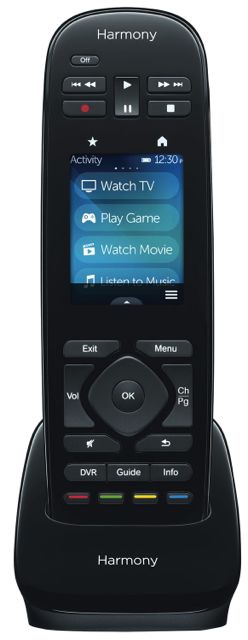 I am amazed by how many people still need to dedicate an entire table to all of their remote controls in their home theatre. How many of us have had this conversation at one time in our lives, “This one’s for the TV, this one the Blue-ray, this one the receiver, or maybe it’s this one, and this one is for the PVR, this is for the Apple TV,” an on and on it goes. Or maybe you’ve received a phone call from your mother-in-law while she is over and can’t figure out how to turn the TV on.
I am amazed by how many people still need to dedicate an entire table to all of their remote controls in their home theatre. How many of us have had this conversation at one time in our lives, “This one’s for the TV, this one the Blue-ray, this one the receiver, or maybe it’s this one, and this one is for the PVR, this is for the Apple TV,” an on and on it goes. Or maybe you’ve received a phone call from your mother-in-law while she is over and can’t figure out how to turn the TV on.
I have great news, friends. Universal remotes are so convenient, and so user friendly that you will never look back. The one I use in my home theatre is the Harmony One by Logitech, I have had it for almost a decade, it’s still going strong, and I love everything about it. Their latest release, the Harmony Ultimate One, looks like a fantastic option that builds on the success of previous models.
Cable management makes a difference
 Have you ever noticed how every ad of a home theatre setup has zero cables exposed? The aesthetics in our home theatre matter, and can increase your enjoyment of them. The difference between a setup that has visible cables everywhere compared to one that has diligent cable management is night and day. The best part, with a little work it can all be fixed. Have HDMI and power cables loosely hanging from the TV mounted to the wall, consider using a cable management system. There are plenty of options, most of which can easily be attached to your wall, and even painted to match the colour of your walls.
Have you ever noticed how every ad of a home theatre setup has zero cables exposed? The aesthetics in our home theatre matter, and can increase your enjoyment of them. The difference between a setup that has visible cables everywhere compared to one that has diligent cable management is night and day. The best part, with a little work it can all be fixed. Have HDMI and power cables loosely hanging from the TV mounted to the wall, consider using a cable management system. There are plenty of options, most of which can easily be attached to your wall, and even painted to match the colour of your walls.
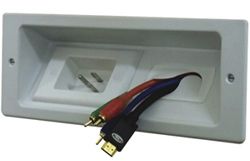
Do you have speaker wire or coax twisting its way around your room? Clips are made to quickly and easily clean this up, or if you wish to go all out you can fish pretty much any cable other than power cables through your walls. Just make sure the cables, including speaker wires, are rated to be behind your walls or you may unintentionally violate your home insurance policy.
Calibrate again!
I have sat in home theatres that have really nice gear, speakers that cost thousands of dollars each, and been severely underwhelmed by their performance, only to listen to the same speakers in another space and be blown away. A home theatre that is properly calibrated will shine and truly maximize your investment. Most AV receivers will have room correction and calibration software built in that will do a decent job, but the majority will underperform a manually calibrated system. Measure the distance from your main listening position and enter the exact distances to nail the delay setting. Download an SPL or dB meter app to your smart phone and set the levels of each channel using the app to accurately measure the sound output. Check your speaker specs and ensure your crossovers are set properly. Finally, enjoy the fruits of your labour.
 Add a power conditioner
Add a power conditioner
All of your gear is running off electric current, a rather unstable beast prone to surges, static, and electromagnetic interference. “Dirty Power” translates into diminished picture quality on your screen, unwanted noise and reduced range in your audio, and does not discriminate between high and low-end gear. A good power conditioner will take that dirty power and clean it up, feeding all of your gear with pure, consistent power that will allow your home theatre to look and sound its best. Furman is a leader in manufacturing high quality power conditioners and is what I use in my setup.
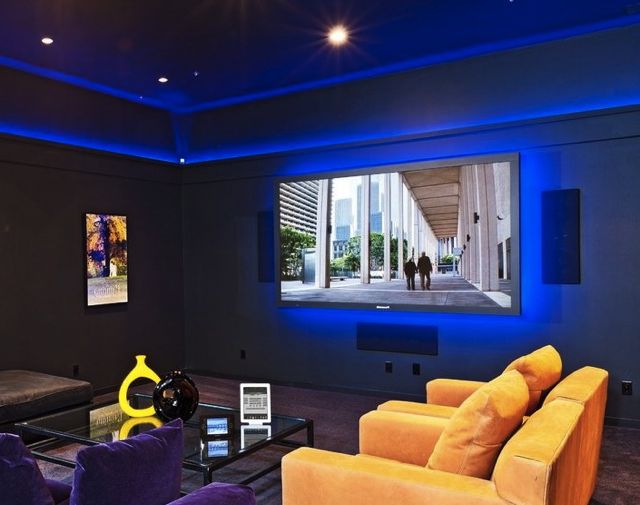 Integrate some LED lighting
Integrate some LED lighting
Modern LED technology allows you to change the colour of your lighting with the touch of your finger.  Having a Prince tribute? Make your home theatre purple. Watching The Martian, a nice shade of red. The possibilities are endless and the effect is really impressive. Adding LED lighting behind your flat panel TV eases the strain on your eyes, allowing even more marathon binge sessions of your favorite shows. The best part: some allow total control via a smart phone app, through a universal remote, and even those that do not are easy enough to use that even a toddler could figure it out.
Having a Prince tribute? Make your home theatre purple. Watching The Martian, a nice shade of red. The possibilities are endless and the effect is really impressive. Adding LED lighting behind your flat panel TV eases the strain on your eyes, allowing even more marathon binge sessions of your favorite shows. The best part: some allow total control via a smart phone app, through a universal remote, and even those that do not are easy enough to use that even a toddler could figure it out.
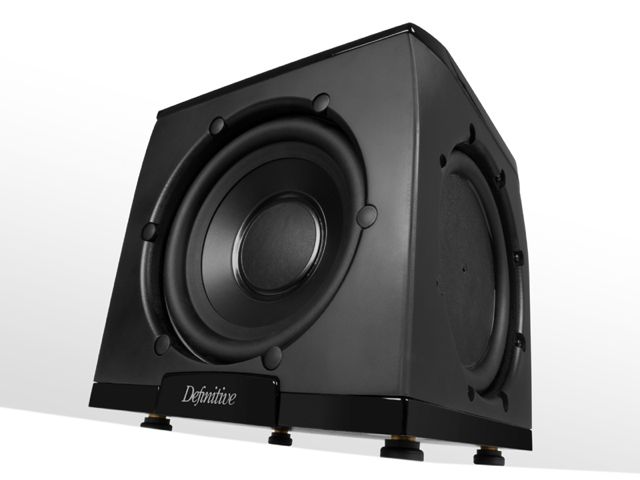 Add a subwoofer
Add a subwoofer
Incorporating a subwoofer is critical for anyone interested in quality home theatre; so important that I wrote an entire piece all about subs that can be found here. If you already have a sub, well done! That said, you should consider adding another.
Utilizing two, or even four subwoofers can dramatically change the way the bass response is experienced in a room. Enjoying a less “boomy” bass with greater punch and an overall smoother low end is all accomplished with adding a second sub.
Use dipolar or bipolar surround speakers
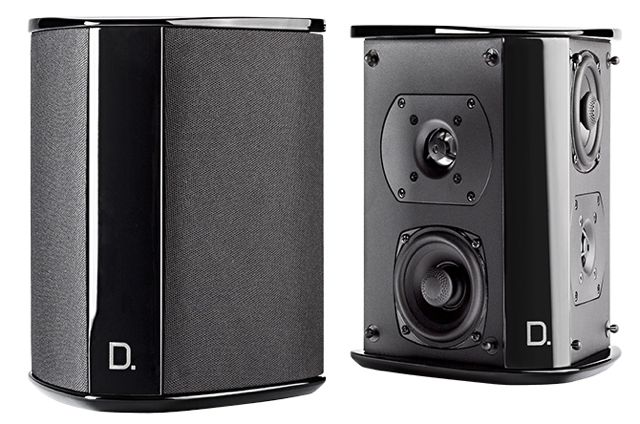
Modern multichannel surround soundtracks are perhaps the biggest draw to home theatre. The off screen sound effects happening all around us can make us as viewers feel like we are in the middle of the action on screen. Using dipolar or bipolar surround speakers diffuse these sound effects by firing the sound at 90 degree angles away from the listening position, making it less likely that we as viewers could pinpoint where a surround speaker is in a home theatre setup. By directing the audio away from the listener, either in phase with a bipolar speaker, or out of phase with a dipolar, our home theatre will immediately sound more open and lifelike.
Revolutionize your music with a digital-analogue converter
If you are like me and do not have the space for a dedicated stereo listening room and use your home theatre speakers as much for music as you do movies, I highly recommend adding a digital analogue converter, or DAC, to your system. Digital music, such as CD, MP3, or anything over Bluetooth is highly compressed, which reduces the dynamic range we experience while listening. Integrating a DAC to your system will allow you to experience your digital music in a more analogue-like fashion, without having to dish out for super audio CDs or high res audio downloads. Trust me, you’ll be able to hear the difference, and may find yourself wondering how you enjoyed music without it.
Upgrade to 4K TV
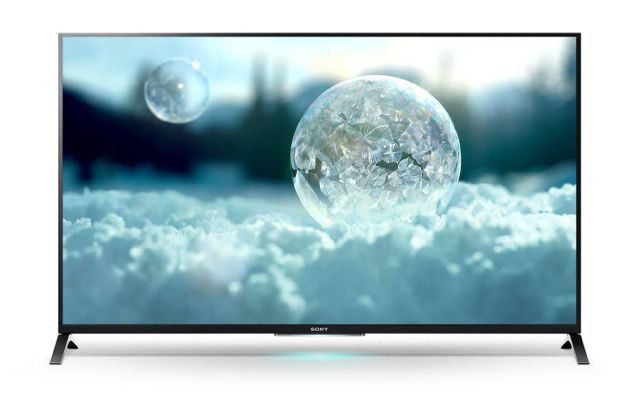
Part of having a great home theatre is staying on top of evolving technology. The latest video trend is one that should excite you, perhaps as much as the leap from standard definition to high definition did. 4K TV packs four times the pixels into our screens when compared to HD, and the high contrast imagery these monitors produce is stunning. There is a great 4K resource on the blog; if you are considering making the leap I highly recommend checking this out.
Dolby Atmos
Experiencing Dolby Atmos for the first time was a revelation. It was as simple as an outdoor scene in the rain.  It sounded real; too real, with the rain coming down above and all around me. I couldn’t believe how it made me feel, like I was literally in the movie. I’ll never forget it.
It sounded real; too real, with the rain coming down above and all around me. I couldn’t believe how it made me feel, like I was literally in the movie. I’ll never forget it.
The technological leap in surround sound that was achieved with Atmos far exceeds the difference between 5.1 and 7.1 and absolutely should be on your list of improvements to your own home theatre when the time comes. It is a serious upgrade requiring a receiver designed to process Atmos and speakers that are dedicated to Atmos channels, but it is an awesome achievement in multichannel audio and deserves to be enjoyed.
Improving your home theatre doesn’t always need to result in a major investment. There are occasions that will call for that, such as a move into an emerging technology like 4K or Atmos, but those are few and far between. There are little things you can do as well, baby steps, that will slowly and surely over time create a space that will continue to provide you, your friends and family, with the ultimate in home theatre enjoyment for years to come.
Have a tip you want to share? Leave it in the comments!


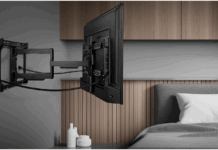
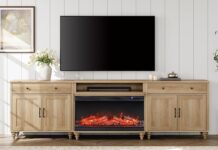
@Jeff_Wilson Thank you!
While I agree with most of what is written and have some of these at my home, I wonder if 4K is truly needed YET?
Has there been enough content to justify the cost of 4K TVs?
Should we be early adopters when those are the ones that generally pay the most $ for the least amount of useable time before an upgrade is needed.
I guess this was probably the same when HD first came out?
Great point @Wayne_dman … it just looks so nice and shiny!!!
You raise a valid point, @Wayne_dman.
While there is limited 4K content today, there is always something in the pipeline being created. More movies and series are being released in 4K, both on disc and via streaming services, Blue Jays games are all broadcast in 4K, and more is on the way. There is also the option of purchasing a receiver with 4K upscaling capabilities that will take the majority of your HD content and match it to the quality of your monitor.
Anytime we choose to take a leap into brand new technology there are always compromises. Those of us who get in early may have to wait for the critical mass of broadcasters and consumers to catch up, but in the meantime, we get to ride the wave and enjoy the latest and greatest.
As an added bonus, all of our buddies will be over showering us with praise while they enjoy the next big game.
Comments are closed.